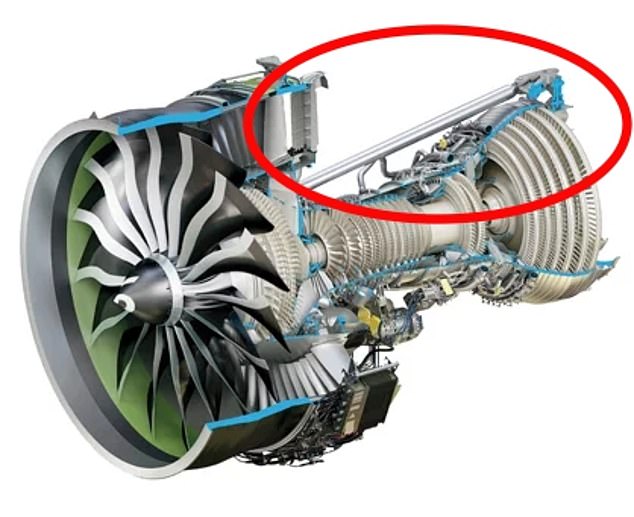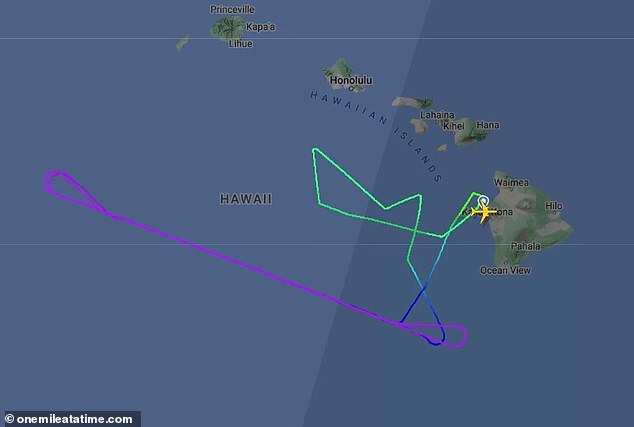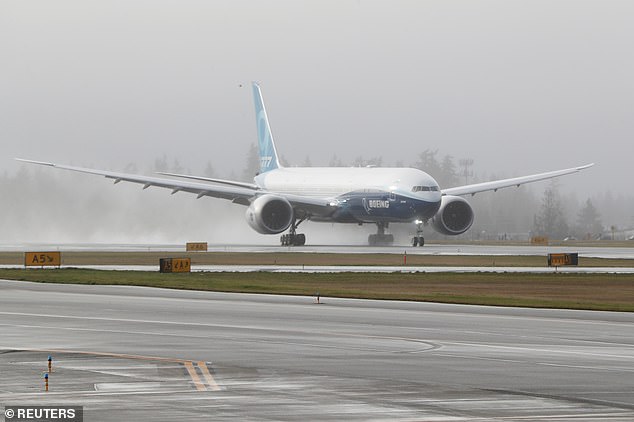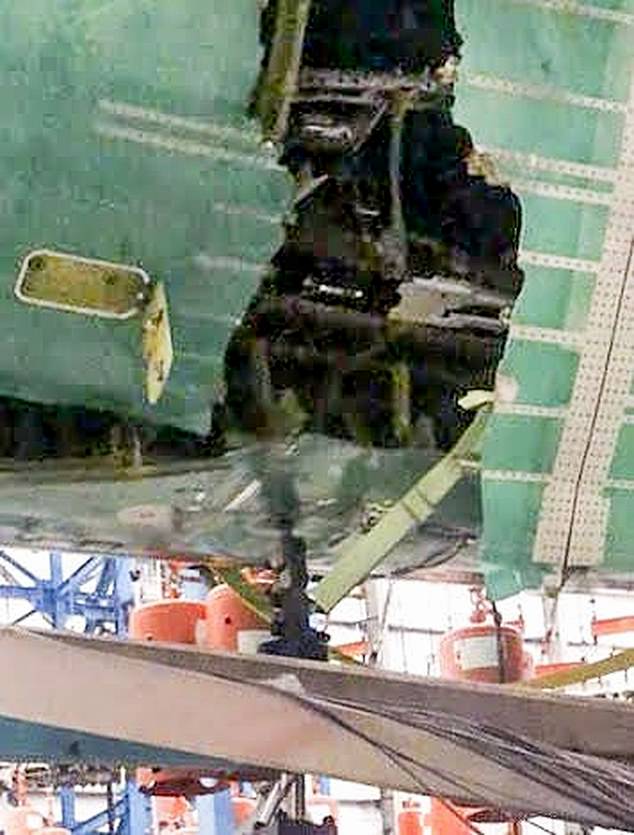Boeing grounds entire 777X test fleet after discovering engine defect
Boeing has grounded its entire 777X test fleet due to a faulty engine part, in yet another setback for the manufacturer.
The 777X, Boeing’s newest and most advanced aircraft, first took flight in 2020, but its certification by the Federal Aviation Administration was delayed.
The FAA gave the plane the green light this summer for test flights necessary before it can be used in passenger flights.
That deadline has now been postponed until 2025, as the discovery – a defective part of the jet engine – threatens to further disrupt progress.
The discovery was made last weekend after one of the test aircraft landed in Hawaii, with damage to a key component that connects the engine to the aircraft’s structure.
Later inspections found similar cracks in the engines of two other active test planes. The news service that first reported the details was Air Current, which led to a statement from Boeing on Monday.
Boeing has been forced to ground its entire 777X test fleet, the manufacturer announced this week
“During scheduled maintenance we identified a component that was not functioning properly,” the statement sent to DailyMail.com said.
“Our team is replacing the part and collecting all the lessons learned. When we are ready, we will resume flight testing.
“We are keeping the FAA fully informed on the matter and have shared information with our customers.”
The outage comes just weeks after the FAA cleared test flights for the long-awaited 777X aircraft.
The aircraft features new GE9X engines, new composite wings and a wider cabin and more seats than its predecessors.
The part in question is connected to the GE9X engines, which are made by General Electric (GE).
It is made by Boeing and is unique to the 777X. It is made of heavy titanium and is called a ‘thrust link’.
Part of what makes this plane special is the collaboration between the companies that began in 2014. This made GE the sole manufacturer of engines for larger jets like Boeing’s 777X.

The part in question is attached to the GE9X engines, which are made by General Electric (GE). It is made by Boeing and is unique to the 777X, made of heavy titanium and called a “thrust link” (circled in red)

Here you can see the path of the test flight over Hawaii on Friday, which yielded the discovery after the plane landed.
To save fuel, the companies worked to make crates more compatible with specific engine models for their planes, hoping to build more efficient machines that would benefit both airlines and customers.
But this created less competition among airline customers, a concept that some, including Steven Udvar-Hazy, the CEO of aircraft leasing company Air Lease Corporation, complained about at the time.
He indicated that it reduced the bargaining power of airline customers, except for those doing business with companies like Boeing and Airbus, who would save money on the deals.
Paul Adams, president of Pratt & Whitney, pointed out that as aircraft become more technically advanced, “engine and aircraft optimization becomes more relevant,” as the equipment designed to mount the engines to the wings and the rest of the aircraft are integrated to minimize drag and increase fuel efficiency.
The ‘thrust link’ meets these criteria and is responsible for transferring the thrust from the engine to the fuselage, via a titanium link mounted on a pylon under the wings.
Boeing reiterated in a statement to DailyMail.com that each of the plane’s two engines has two of these parts, “so there is redundancy.”
A representative further pointed out that the part was designed specifically for the 777-9, one of two 777X variants, larger than the 384-seat 777-8, at 426 seats.

The plane – seen here during a test flight in 2020 – was scheduled to enter commercial service that year but has been repeatedly delayed
The GE-9X itself is a massive engine, weighing approximately 11 tons and featuring a GE front fan that, at 3.35 meters in diameter, is the largest of its kind.
The 777-9 made its first flight in 2020, but the FAA has not yet fully certified the plane as deliveries remain far behind schedule.
In 2019, the fuselage of one of the planes completely ruptured during pressure tests, a setback that delayed the long-haul jet by several months, sources told AFP at the time.
The plane was already embroiled in the 737 MAX crisis, with photos showing the fuselage splitting open and the passenger door falling out during tests where the structural materials were deliberately subjected to extreme pressure to ensure strength.
As a result of the incident, the plane was damaged behind the wing. Several sources, who requested anonymity, told AFP that the wing was damaged when Boeing was subjecting the fuselage of the plane to pressure tests.
“There was a structure around the exit door that was also blown away during the tests, which means there was a structural failure,” one of the sources on the test said in September 2019.
“There was a loss of pressure in the rear fuselage; the structure that was supporting the door blew out,” a second person added. “It wasn’t just the door; it’s very serious.”

In 2019, the fuselage of one of the new planes completely ruptured during pressure tests, a setback that contributed to the long-haul jet being delayed by several months, sources said at the time.
Since then, Boeing aircraft such as the 737 have continued to suffer from technical problems, which were grounded by the FAA for two years after two crashes in 2018 and 2019 that killed a total of 346 people.
When they were cleared to fly again in 2021, authorities believed the crashes were the result of a combination of carelessness, design flaws and negligence by Boeing management.
A door that knocked a brand new 737 off the ground in January, led to a renewed investigation by the FAA. At the time of writing, this is still ongoing.
In July, the FAA gave Boeing permission to conduct a series of test flights with the 777X in an effort to get the plane approved for passenger service.
Boeing confirmed to DailyMail.com that the malfunction was discovered during one of these tests on Friday.
On board the plane were pilots and engineers from the FAA, as well as Boeing’s own flight team.
“We are inspecting the test flight fleet for this condition,” the manufacturer said in a statement.
‘There were no short-term flight tests planned with the other test aircraft, which have scheduled maintenance and downtime activities.’
